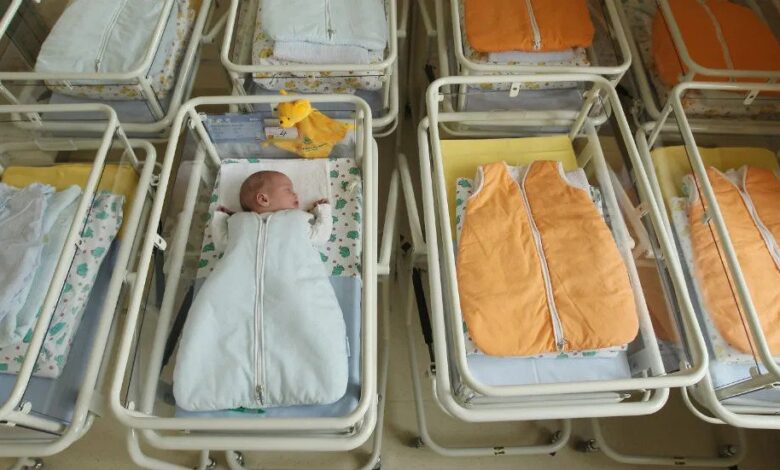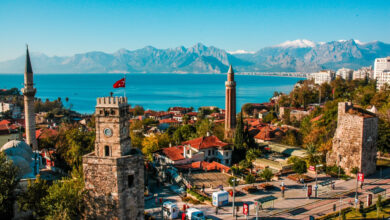Kazakhstan ranks last in Central Asia in terms of fertility

According to United Nations reports, in 2022, 134 million people were born in the world – 0.9% which was less than previous year. The global birth rate indicator has been declining for five years in a row since 2017, Turanews.kz reports citing Ranking.kz.
In the 50s of the last century, the figures were noticeably lower and gradually increased from year to year until the 90s. From 92.1 million in 1950 to a record high of 142.5 million people in 1990.
According to experts, in the coming years, the number of people born in the world will increase and reach 138.5 million people by 2040. Further, the indicator will decrease and will amount to 111.5 million births in 2100.
In more detail, the picture of the coming years will look like this: in 2030, 136 million people will be born, in 2040 – 138.5 million people, in 2050 – 135.7 million people, in 2060 – 130.6 million people, in 2070 – 127.7 million people, in 2080 – 122.7 million people, in 2090 – 116.7 million people, in 2100 – 111.5 million people.
The birth rate in 2021 was 16.9 births per 1,000 people. The indicator has been declining for a long time: for example, in 1950 the coefficient was 36.8, in 1960 – 33.9, in 1970 – 33.6, in 1980 – 28.5, in 1990 – 26, 8, in 2000 – 21.8, in 2010 – 20.3, in 2020 – only 17.2.
According to forecast data, in 2022 the birth rate is 16.8, in 2030 it will decrease to 15.9, in 2050 to 14, in 2070 to 12.4, in 2090 to 11 .2, and in 2100 it will be 10.8.
So far, the birth rate is very high in African countries: 32.5 births per 1,000 population. Africa is the only macro-region with a birth rate higher than the world value. In other regions, the birth rate as of 2021 looks like this: in Oceania – 15.6, in Latin America and the Caribbean – 14.8, in Asia – 14.3, in North America – 10.9, in Europe – only 9.2.
In the countries of Central Asia, the overall rate was 23.3 births per 1,000 people. The highest level was noted in Tajikistan (26.7), the lowest was in Kazakhstan (21.5 births). In Kyrgyzstan, the coefficient was 24.1, in Uzbekistan – 23.6, in Turkmenistan – 21.6. In other CIS countries, the situation is as follows: in Azerbaijan – 12.3, in Armenia – 12, in Russia – 9.6, in Belarus – 9.3, in Ukraine* – 7.7.



